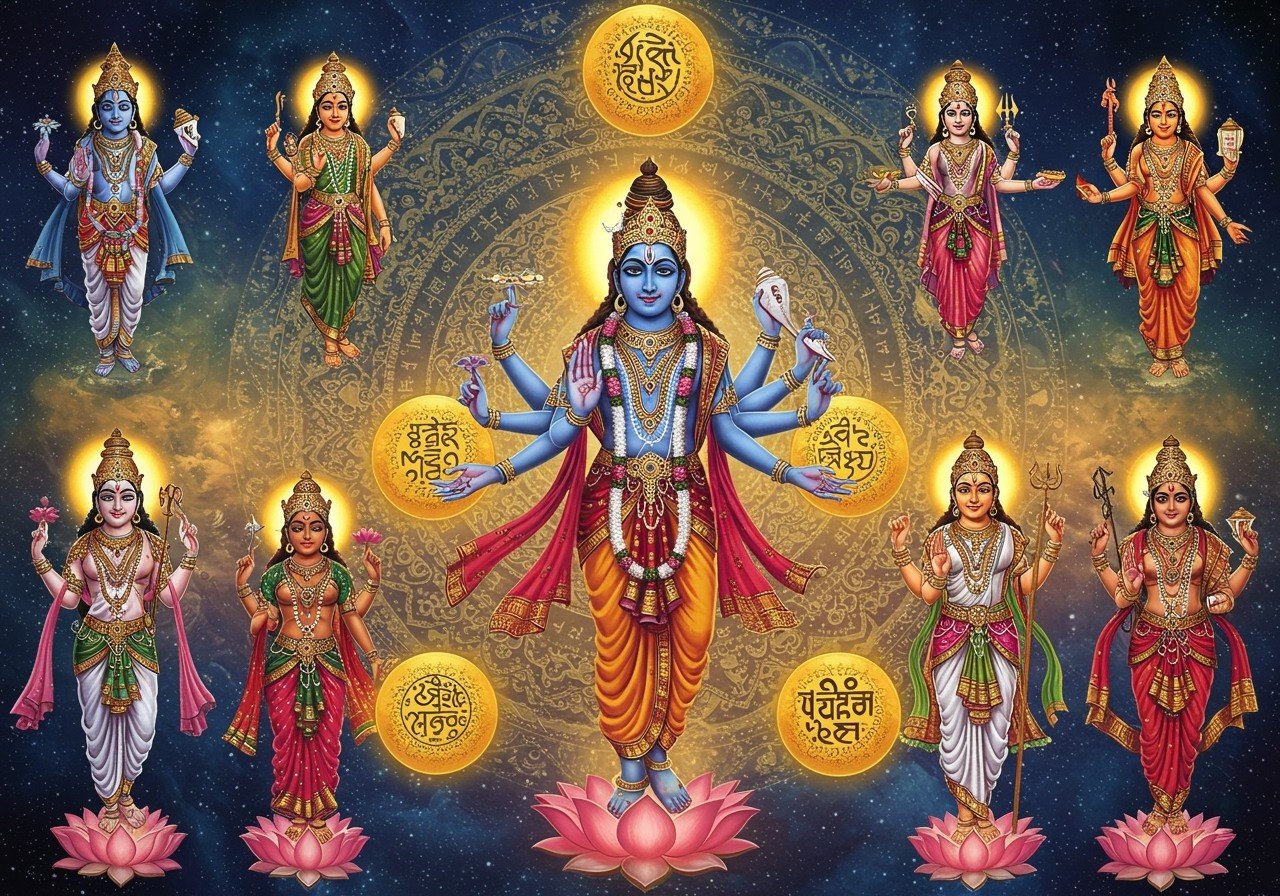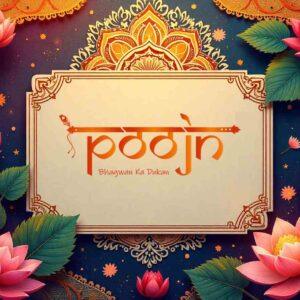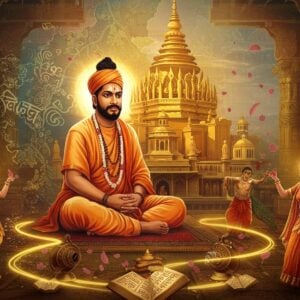
In the rich tapestry of Hindu culture, the term “Devata” holds immense significance. For those who cherish tradition, understanding this term is essential. “Devata” refers to divine beings or deities, playing a vital role in spiritual practices. This article will explore the meanings and translations of “Devata” across various languages, highlighting its cultural importance.
What Does Devata Mean?
“Devata” originates from the Sanskrit root “div,” meaning “to shine,” representing divine or celestial beings. In Hinduism, it includes both gods and goddesses, central to rituals and worship. There are different types of Devatas, such as:
- Ishta Devatas: Personal deities chosen by individuals for their spiritual practices. These deities resonate with the individual’s beliefs and aspirations, guiding them on their spiritual path. Choosing an Ishta Devata is a significant step in one’s spiritual journey.
- Kula Devatas: Family deities passed down through generations, representing ancestral protectors and guiding spirits. Families often perform rituals and prayers to honor their Kula Devatas, seeking blessings and protection for their lineage.
Devatas embody qualities, virtues, and cosmic roles, essential for maintaining dharma (cosmic order). They are prominent in Hindu scriptures like the Vedas and Puranas.
Devata in Sanskrit
In the rich tradition of Hinduism, “Devata” is a word with deep roots in Sanskrit, the ancient language of India. The word “Devata” finds its origin in the Sanskrit root “div,” which translates to “to shine.” This shining nature captures the essence of Devatas, who are divine or celestial beings.
Sanskrit is a language that resonates with elegance and precision. When you pronounce “Devata” in Sanskrit, it brings to mind the brilliance of divinity. The word is often used in Vedic rituals and ancient texts, connecting worshippers with the divine realm. Whether it’s a hymn in the Mahabharata or a mantra from the Rigveda, Devatas are at the heart of spiritual expressions in Sanskrit literature. Sanskrit poets and scholars have worked tirelessly to preserve the sanctity of Devata through the ages, ensuring that the true meaning and significance of the term are not lost to time.
These writings reflect the poetic and spiritual dimensions of these celestial beings. This ancient language continues to influence modern Indian languages, weaving a tapestry of divine connection across cultures. This influence is visible in the way many modern Indian languages have incorporated the term “Devata” or its variations into their vocabulary, demonstrating the enduring legacy of Sanskrit.
Devata in Different Languages
As the concept of Devata spread across India, different languages adopted the term with slight variations. In Hindi, the term is borrowed directly from Sanskrit, retaining both its pronunciation and its spiritual essence. Marathi speakers use “Deva” or “Devi,” while in Tamil, it transforms into “Theivam.” Each variation reflects regional influences but holds onto the core spiritual connotations. These adaptations demonstrate how different languages have embraced the concept of Devata while incorporating their unique linguistic nuances.
In Telugu, you hear “Devudu” or “Devatha,” showcasing regional religious practices. Even in English, where it translates to “Deity,” the term captures a sense of divinity, though with cultural nuances unique to each language. The adoption of the term in English highlights the global recognition of this important Hindu concept. It’s fascinating how a word originating from ancient Sanskrit has found its way into the English lexicon, enriching our understanding of diverse spiritual traditions.
The reach of Devata doesn’t stop at India’s borders. In places like Bali and Java, where Hinduism thrives, the term has found a home, adapted to local cultures and languages. These linguistic variations demonstrate the adaptability and enduring significance of Devatas across different societies. This cross-cultural adaptation showcases the power of religious and spiritual concepts to transcend geographical boundaries and enrich different societies.
Cultural Significance of Devata
In Indian society, Devatas hold a place of profound importance. They are central to Hindu rituals, festivals, and daily prayers. Whether sculpted into temple architecture or depicted in traditional Indian art, Devatas are ever-present. Their presence in art and architecture underscores their deep integration into the fabric of Indian life, serving as constant reminders of the divine.
The worship of Devatas is diverse, reflecting India’s rich cultural tapestry. Each region has its own practices and beliefs about these divine beings. This diversity enriches Indian life, influencing astrology, traditional medicine, and even popular culture like cinema and literature. From ancient epics to contemporary films, Devatas continue to inspire and shape artistic expressions.
In modern times, Devatas continue to be relevant. They represent a balance between tradition and contemporary life. Even among the Indian diaspora, the worship of Devatas helps maintain cultural roots abroad. This connection to tradition provides a sense of continuity and belonging, even in new and unfamiliar environments.
Understanding Devata deepens one’s appreciation for India’s spiritual heritage. It connects people to their past while guiding them in today’s world. It offers a framework for understanding the values and beliefs that have shaped Indian society for centuries.
How Poojn.in Helps with Devata-Related Items
Poojn.in offers essential items for worshipping Lord Garuda and other deities in various regional traditions. The website provides authentic puja items that match the specific requirements of different regional customs. For devotees seeking to worship Lord Garuda, Poojn.in stocks a wide variety of items:
- Brass Garuda statues in various sizes, crafted with intricate detail and reverence for the deity. These statues serve as a focal point for worship and meditation, bringing the divine presence into the home.
- Garuda yantra for protection, believed to ward off negative energies and bring blessings to the worshipper. The yantra is a powerful symbol used in meditation and spiritual practices.
- Special incense sticks for Garuda puja, creating a sacred atmosphere and enhancing the spiritual experience. The fragrance of the incense is believed to invoke the presence of the deity.
- Traditional oil lamps suitable for deity worship, illuminating the altar and symbolizing the light of knowledge and divinity. These lamps add a traditional touch to the puja ceremony.
The website supports multiple Indian languages to help customers find the right items for their specific regional practices. This includes detailed product descriptions in:
- Hindi
- Telugu
- Tamil
- Kannada
- Malayalam
- Bengali
Each product listing includes the deity’s name in multiple scripts and languages, making it easier for devotees from different regions to find exactly what they need. The customer service team at Poojn.in can assist in multiple languages to ensure proper selection of items according to specific regional customs. Poojn.in ensures all items meet traditional specifications while offering the convenience of home delivery. The website maintains strict quality standards for all religious items, particularly for metal statues and ritual objects used in deity worship.
Visit Poojn.in to explore our complete collection of authentic puja items for Lord Garuda and other deities, with detailed information in your preferred language. Explore our range of products, including Lord Shiva murtis, camphor, and other essential puja items.
Conclusion
The journey through the meanings and translations of “Devata” in different languages reveals a beautiful tapestry interwoven with India’s rich spiritual and cultural heritage. Each linguistic variation, from Sanskrit to Tamil and beyond, carries with it a deep respect for these divine beings who illuminate the spiritual path for many. They represent the core beliefs and values that have shaped Indian society for millennia.
Devatas hold a timeless significance, reflecting India’s vibrant diversity and unity in spirituality. They are more than just celestial beings; they are a bridge connecting the past, present, and future, reminding us of the light and wisdom they represent. They embody the enduring principles of dharma, karma, and moksha, which continue to guide individuals on their spiritual journeys.
Embracing the concept of Devata in its many forms allows us to appreciate the profound cultural and spiritual influences they have. Whether in India or across the globe, the essence of Devatas continues to inspire and guide those who seek a deeper connection with the divine. They offer a path to understanding the interconnectedness of all beings and the pursuit of spiritual enlightenment.
Frequently Asked Questions about Devata
What does Devata mean?
Devata is a Sanskrit term for a deity or divine being, representing a celestial spirit or god worshipped in Hinduism and other Indian religions. These deities often embody specific qualities or aspects of the divine, such as wisdom, power, or compassion.
What is Devata called in English?
The English translation of “Devata” is typically “deity” or “god.” It signifies a divine presence or spiritual entity that is revered and worshipped. The term encompasses a wide range of divine figures, both male and female.
How is Devata used in Sanskrit?
In Sanskrit, “Devata” is used to describe both gods and goddesses, often appearing in religious texts, mantras, and rituals. It refers to a divine figure who is invoked for blessings, guidance, or protection. The term is central to understanding Hindu scriptures and philosophical concepts.
What are some synonyms for Devata in other Indian languages?
“Devata” has variations in different Indian languages, reflecting regional dialects and cultural nuances. In Hindi, the terms “Dev” (masculine) and “Devi” (feminine) are commonly used. Tamil uses “Theivam,” and Telugu uses “Devudu” or “Devatha.” These variations highlight the rich linguistic diversity of India while retaining the core concept of a divine being.
Is there a difference between Devata and Deva?
“Deva” typically refers to a male god, while “Devata” is a more inclusive term encompassing both male and female deities. “Devi” specifically denotes a female goddess. These distinctions help clarify the gender of the divine being being referenced. Understanding these distinctions is important for interpreting religious texts and practices accurately.
How is Devata related to Indian culture?
Devatas are deeply embedded in Indian culture, playing a central role in religious rituals, festivals, art, literature, and daily life. They represent a vital link to India’s spiritual heritage. From temple architecture to traditional music and dance, Devatas are a constant source of inspiration and reverence.
Why is understanding Devata important?
Understanding the concept of Devata is crucial for appreciating the cultural, spiritual, and philosophical dimensions of Indian traditions and religious practices. It provides insights into the complex relationship between humans and the divine. By exploring the meanings and interpretations of Devata, we gain a deeper understanding of the beliefs and values that shape Indian society.
Can Devata be used in modern contexts?
Yes, the term “Devata” continues to be used in contemporary discussions about spirituality, religion, and Indian culture. It remains relevant in religious ceremonies, philosophical debates, and artistic expressions. The enduring significance of Devata demonstrates the timeless nature of spiritual beliefs and their continuing relevance in the modern world. The term can also be found in academic studies of mythology, comparative religion, and cultural anthropology.


